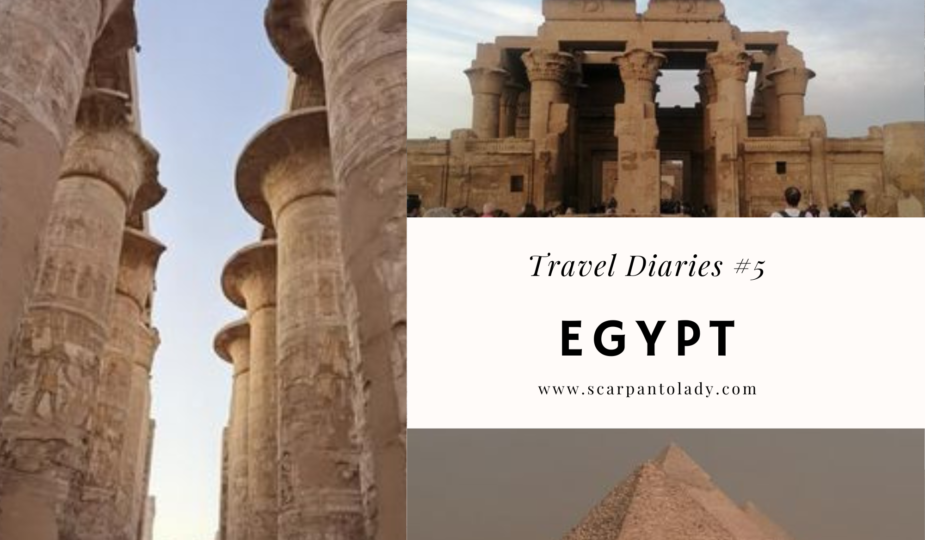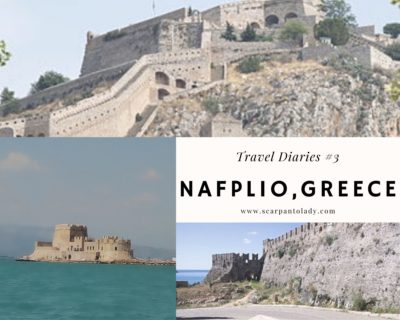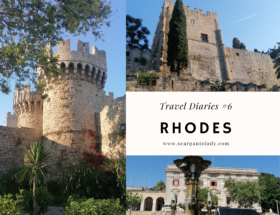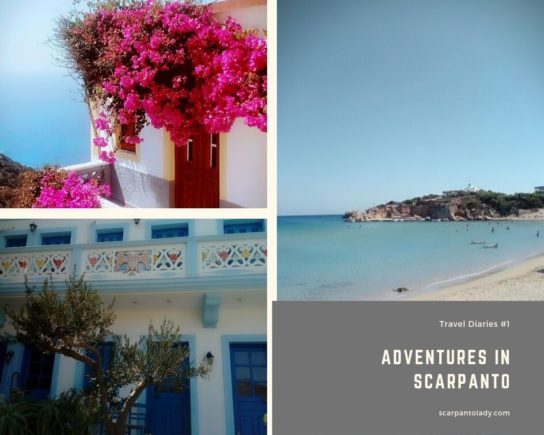Hello dearest friend and welcome to the fifth chapter of the ”Travel Diaries”!
At the end of November in order to celebrate my recent graduation from college I took a 8-day trip with a travel agency to Egypt.
This trip was a dream come true for the little girl in me that has always been fascinated by the ancient Egyptian culture.

Egypt is a transcontinental country spanning the northeast corner of Africa and southwest corner of Asia via a land bridge formed by the Sinai Peninsula. It is bordered by the Mediterranean Sea to the north, the Gaza Strip of Palestine and Israel to the northeast, the Red Sea to the east, Sudan to the south, and Libya to the west.
Egypt has one of the longest histories of any country, tracing its heritage along the Nile Delta back to the 6th–4th millennia BCE. During the Neolithic era, several predynastic cultures developed independently in Upper and Lower Egypt.
Unified as one kingdom in 3150 BCE by King Menes it lead to a series of dynasties that ruled Egypt for the next three millennia Considered a cradle of civilisation, Ancient Egypt saw some of the earliest developments of writing, agriculture, urbanisation, organised religion and central government.
Egypt was an early and important centre of Christianity, but became largely Islamised in the seventh century and remains a predominantly Sunni Muslim country.
Now that we have covered some basic information about the geographical location and historical background of Egypt let’s dive into the places my traveling companions and I visited while we were there…
Alexandria

Alexandria is the second largest city in Egypt and the largest city on the Mediterranean coast. Founded in c. 331 BC by Alexander the Great, Alexandria grew rapidly and became a major centre of Hellenic civilisation, eventually replacing Memphis, in present-day Greater Cairo, as Egypt’s capital.
During the Hellenistic period, it was home to the Lighthouse of Alexandria, which ranked among the Seven Wonders of the Ancient World, as well as the storied Library of Alexandria.
Alexandria‘s musts include
- Bibliotheca Alexandrina, which is a commemoration of the Library of Alexandria, once one of the largest libraries worldwide, which was lost in antiquity.

- Alexandria National Museum, located in a renovated Italian style palace.

- Catacombs of Kom El Shoqafa (“Mound of Shards”), a necropolis consisting of a series of Alexandrian tombs, statues and archaeological objects of the Pharaonic funerary cult with Hellenistic and early Imperial Roman influences.
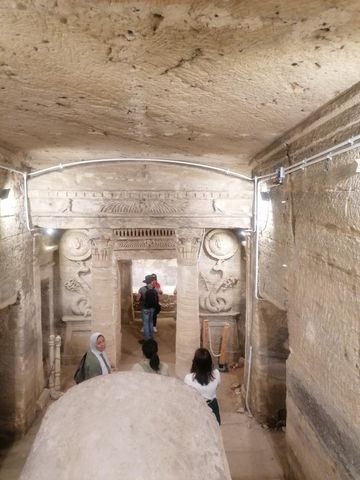
- Cavafy Museum, an apartment museum which formerly was the residence of the Greek poet Constantine P. Cavafy.
Cairo

Cairo is the capital of Egypt and the city-state Cairo Governorate, and is the country’s largest city, home to 10 million people. It is associated with ancient Egypt, as the Giza pyramid complex and the ancient cities of Memphis and Heliopolis are located in its geographical area.
Cairo has long been a centre of the region’s political and cultural life, and is titled “the city of a thousand minarets” for its preponderance of Islamic architecture.
Cairo‘s musts include:
Giza necropolis

The Giza necropolis is the site on the Giza Plateau in Greater Cairo, Egypt that includes the Great Pyramid of Giza (also known as the Pyramid of Khufu and constructed c. 2580 – c. 2560 BC) , the somewhat smaller Pyramid of Khafre a few hundred metres to the south-west, and the relatively modest-sized Pyramid of Menkaure, a few hundred metres farther south-west. The Great Sphinx lies on the east side of the complex.
All were built during the Fourth Dynasty of the Old Kingdom of Ancient Egypt, between 2600 and 2500 BC. Along with these major monuments are a number of smaller satellite edifices, known as “queens” pyramids, causeways and valley pyramids. The site also includes several cemeteries and the remains of a workers’ village.
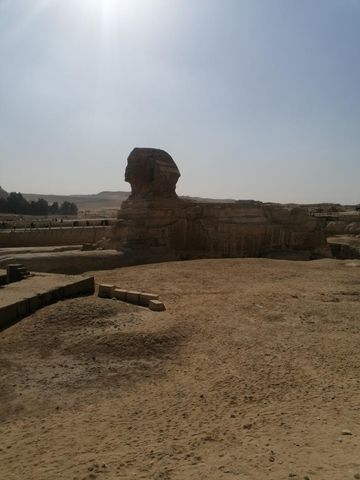
Museum of Egyptian Antiquities
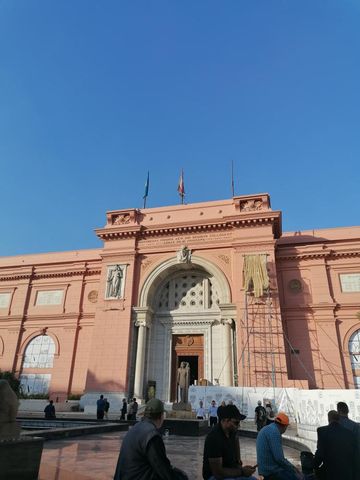
The Museum of Egyptian Antiquities is home to an extensive collection of ancient Egyptian antiquities. It has 120,000 items, with a representative amount on display and the remainder in storerooms. Built in 1901 by the Italian construction company, Garozzo-Zaffarani, to a design by the French architect Marcel Dourgnon, the edifice is one of the largest museums in the region.
Khan el-Khalili

Khan el-Khalili is a famous bazaar and souq in the historic center of Cairo, Egypt. Established as a center of trade in the Mamluk era and named for one of its several historic caravanserais, the bazaar district has since become one of Cairo’s main attractions for tourists and Egyptians alike. It is also home to many Egyptian artisans and workshops involved in the production of traditional crafts and souvenirs.
- a visit at Papyrus Shop where you’ll see a demonstration of how the papyri are made and maybe buy one as a souvenir.
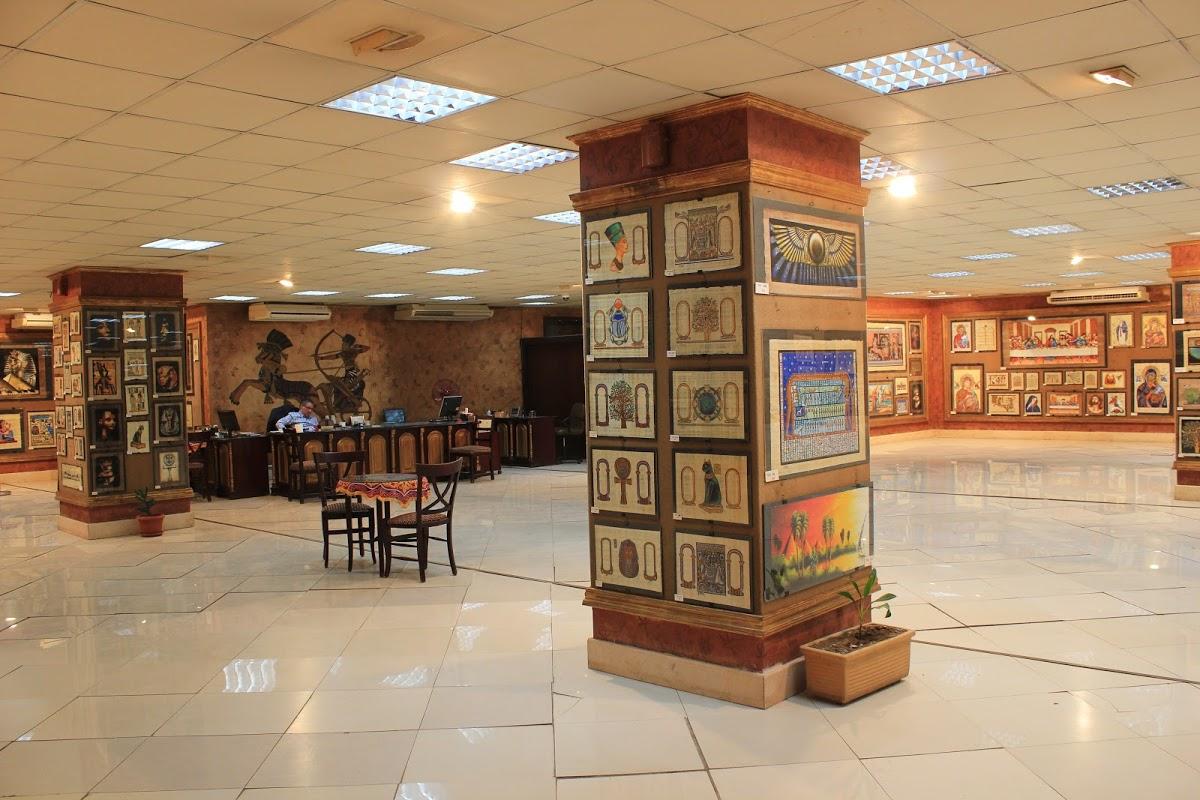
- a delicious traditional meal at Carlo’s restaurant.
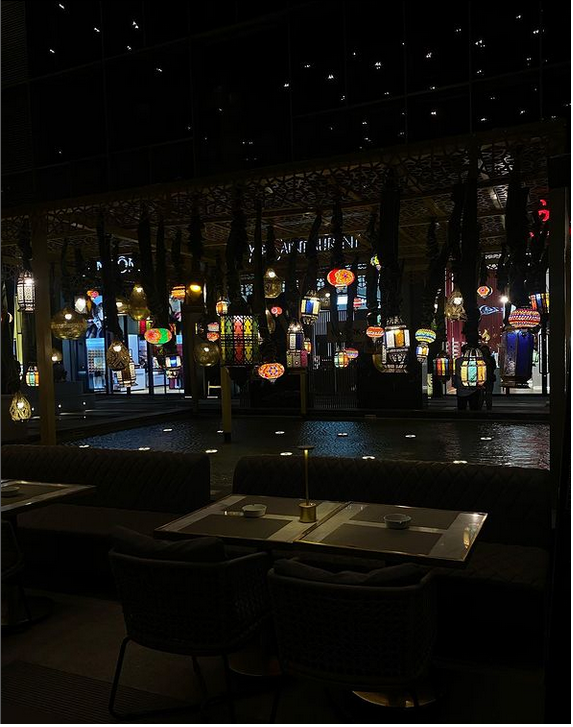
- a visit at Golden Eagle Crystal where you can buy authentic Egyptian essential oils and perfumes.
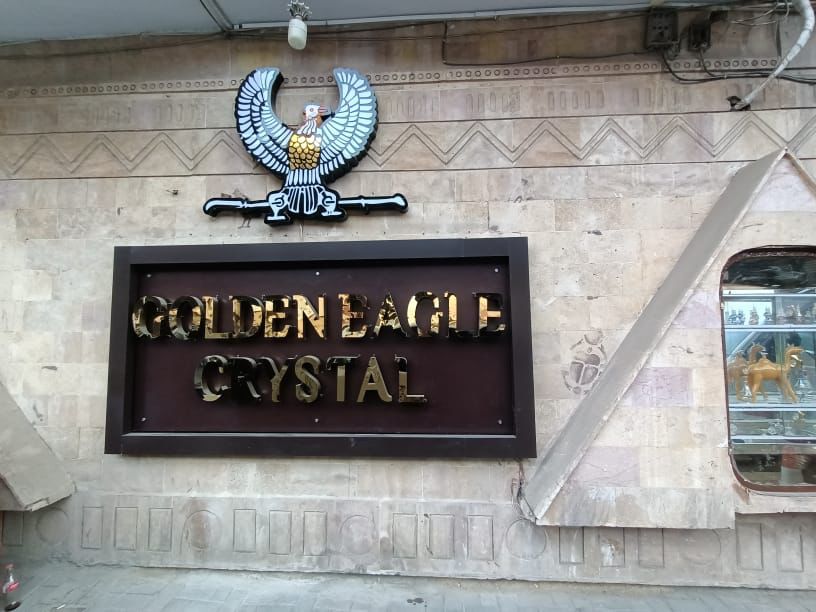
- a camel ride in the further Giza complex (careful though not to fall!)
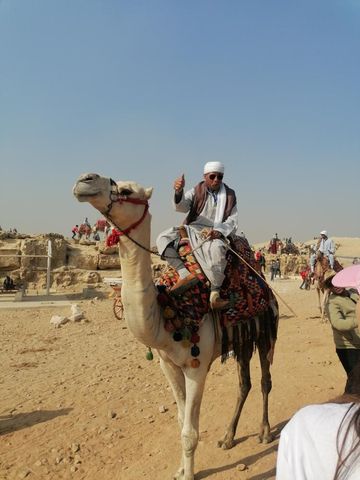
Luxor

Luxor is a modern city in Upper (southern) Egypt which includes the site of the Ancient Egyptian city of Thebes. Luxor has frequently been characterized as the “world’s greatest open-air museum”, as the ruins of the Egyptian temple complexes at Karnak and Luxor stand within the modern city.
Immediately opposite, across the River Nile, lie the monuments, temples and tombs of the west bank Theban Necropolis, which includes the Valley of the Kings and Valley of the Queens.
Luxor‘s musts include:
Karnak
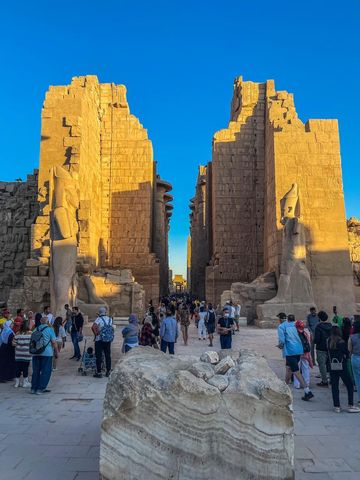
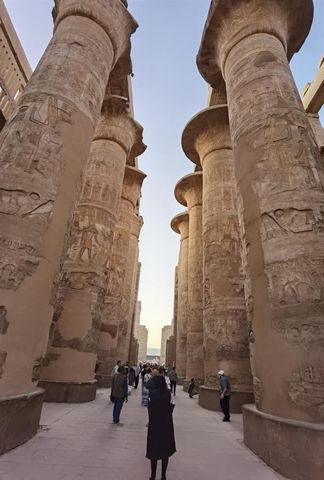
Karnak comprises a vast mix of decayed temples, pylons, chapels, and other buildings near Luxor, Egypt. Construction at the complex began during the reign of Senusret I (reigned 1971–1926 BCE) in the Middle Kingdom (around 2000–1700 BCE) and continued into the Ptolemaic Kingdom (305–30 BCE), although most of the extant buildings date from the New Kingdom.
The area around Karnak was the ancient Egyptian Ipet-isut (“The Most Selected of Places”) and the main place of worship of the 18th Dynastic Theban Triad, with the god Amun as its head.
Luxor Temple

Luxor temple is a large Ancient Egyptian temple complex located on the east bank of the Nile River that was constructed approximately in 1400 BCE. In the Egyptian language it was known as ipet resyt, “the southern sanctuary”.
It was one of the two primary temples on the east bank, the other being Karnak. Unlike the other temples in Thebes, Luxor temple is not dedicated to a cult god or a deified version of the pharaoh in death. Instead, Luxor temple is dedicated to the rejuvenation of kingship.
Malkata

Malkata (‘the place where things are picked up’) is the site of an Ancient Egyptian palace complex built during the New Kingdom by the 18th Dynasty pharaoh Amenhotep III. It is located on the West Bank of the Nile at Thebes, Upper Egypt.
The site also included a temple dedicated to Amenhotep III‘s Great Royal Wife, Tiy, which honors Sobek, the crocodile deity.
Valley of the Kings

The Valley of the Kings, also known as the Valley of the Gates of the Kings is a valley in Egypt where for a period of nearly 500 years from the 16th to 11th century BC, rock-cut tombs were excavated for the pharaohs and powerful nobles of the New Kingdom (the Eighteenth to the Twentieth Dynasties of Ancient Egypt).
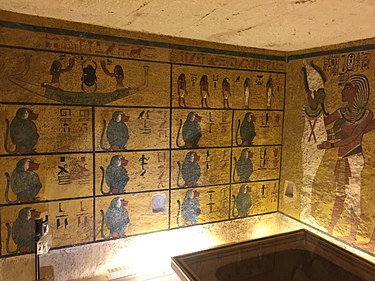
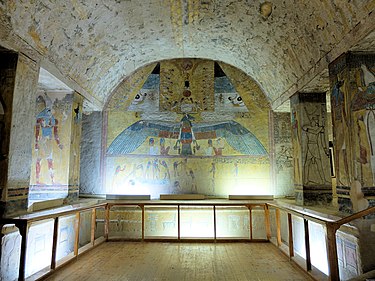
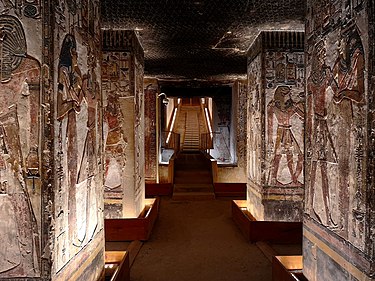
Mortuary Temple of Hatshepsut

The mortuary temple of Hatshepsut (“Holy of Holies”) is a mortuary temple built during the reign of Pharaoh Hatshepsut of the Eighteenth Dynasty of Egypt. Located opposite the city of Luxor, it is considered to be a masterpiece of ancient architecture. Its three massive terraces rise above the desert floor and into the cliffs of Deir el-Bahari.
- a visit at the Colossi of Memnon, two massive stone statues of the Pharaoh Amenhotep III, which stand at the front of the ruined Mortuary Temple of Amenhotep III, the largest temple in the Theban Necropolis.
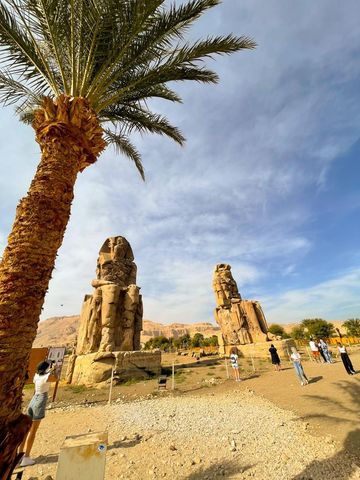
- a ride on a balloon to watch the sunrise over the Valley of the Kings.
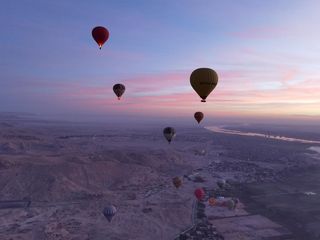
- enjoying a cocktail at the Sofitel Winter Palace Hotel, a historic British colonial-era 5-star luxury resort hotel.

Temple of Edfu
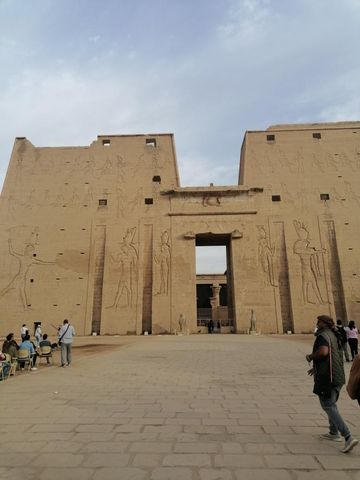
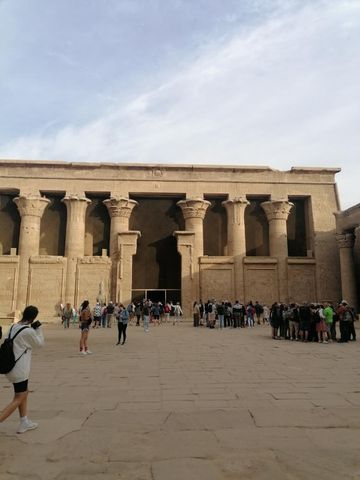
The Temple of Edfu is an Egyptian temple located on the west bank of the Nile in Edfu, Upper Egypt, and one of the best preserved shrines in Egypt. The temple was built in the Ptolemaic Kingdom between 237 and 57 BC.
The temple of Edfu is the largest temple dedicated to Horus and Hathor of Dendera. It was the center of several festivals sacred to Horus. Each year, “Hathor travelled south from her temple at Dendera to visit Horus at Edfu, and this event marking their sacred marriage was the occasion of a great festival and pilgrimage.”
Temple of Kom Ombo
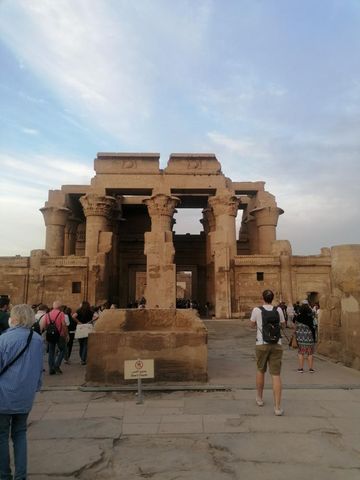
The Temple of Kom Ombo is an unusual double temple in the town of Kom Ombo in Aswan Governorate, Upper Egypt. It was constructed during the Ptolemaic dynasty, 180–47 BC with some additions later made during the Roman period.
The building is unique because its ‘double’ design meant that there were courts, halls, sanctuaries and rooms duplicated for two sets of gods. The southern half of the temple was dedicated to the crocodile god Sobek, god of fertility and creator of the world with Hathor and Khonsu.
Meanwhile, the northern part of the temple was dedicated to the falcon god Haroeris (“Horus the Elder”), along “with Tasenetnofret (the Good Sister, a special form of Hathor or Tefnet/Tefnut) and Panebtawy (Lord of the Two Lands).”
Aswan

Aswan is a busy market and tourist centre located just north of the Aswan Dam on the east bank of the Nile at the first cataract in Southern Egypt. The modern city has expanded and includes the formerly separate community on the island of Elephantine.
Aswan’s musts include:
- a visit at El Nabatat Island where the Aswan Botanical Garden is located. There visitors can view many types of subtropical, exotic and rare plants and trees, such as the Royal Palm tree and the Sabal Palm tree.
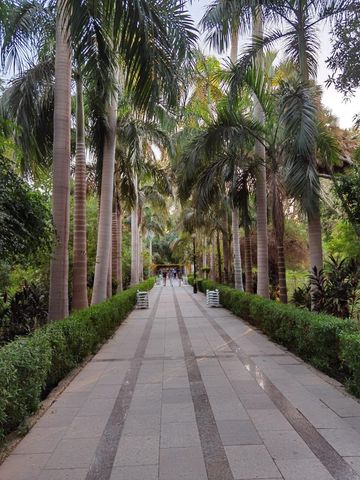
- a fancy meal at the Old Cataract Hotel, the historic British colonial-era 5-star luxury resort hotel where Agatha Christie wrote parts of her novel Death on the Nile.

- a felucca ride to admire the serene view of the Nile.
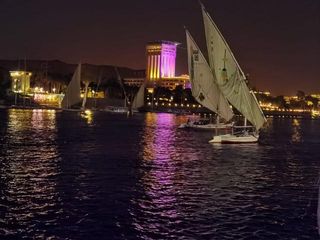
Abu Simbel

Abu Simbel is a historic site comprising two massive rock-cut temples in the village of Abu Simbel, near the border with Sudan. It is situated on the western bank of Lake Nasser, about 230 km (140 mi) southwest of Aswan.
The twin temples were originally carved out of the mountainside in the 13th century BC, during the 19th Dynasty reign of the Pharaoh Ramesses II. They serve as a lasting monument to the king Ramesses II. His wife Nefertari and children can be seen in smaller figures by his feet, considered to be of lesser importance and were not given the same position of scale.
I want to travel the world – like Egypt. I love history. That’s my favorite subject at school. From the building of the pyramids to… King Tut. Their way of working without technology. I find all that fascinating.
Millicent Simmonds
Egypt is a true gem in every aspect and I feel very grateful to have been given the opportunity to visit it for so many days.
